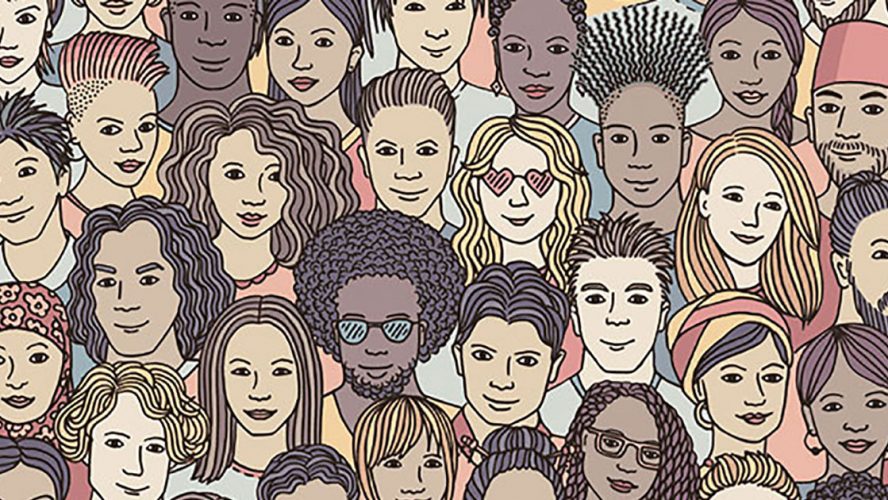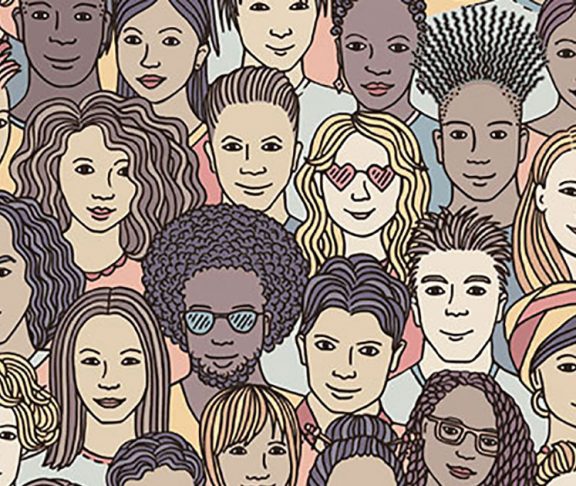Last year, Amazon discovered that it had a huge problem with its automated recruiting software program. It was biased against women.
This wasn’t an isolated incident. As artificial intelligence (AI) and machine learning (ML) increase in use across industry and government institutions, so do reports of bias and discrimination in the software. “There is a pervasive myth of machine neutrality,” says Tess Posner, CEO of AI4ALL. “But the reality is that we are seeing examples of racial, gender and other bias creeping into AI systems.”
AI and ML are often representative of the engineers developing the software, meaning programmers aren’t using diverse or representative datasets. To eliminate these biases, there’s a need for more diversity among programmers and engineers.
Why diversity helps business
A diverse workforce brings innovation and creativity into the business, which in turn leads to more growth. Yet, while women are making some strides at equality in the STEM fields, people of color continue to be underrepresented in STEM-related careers, according to a study from the Pew Research Center. In AI and ML, the problem is even worse, to the point of it being a crisis.
“When a technology is built by a homogenous group, it is optimized for a small subset of the world, the design and development lack diverse perspectives, and there is a chronic under-sampling of data from these groups,” Posner says.
The result is more biases in AI and ML systems, all while we are outsourcing life-changing decisions to AI systems, such as services around law enforcement, parole, financial services and hiring.
“Having bias can lead to products that don’t serve the customer, and at worst marginalize certain groups,” Posner says. “Bringing people into the field who are left out will mitigate this as they bring new perspectives and are more likely to catch these issues. Since AI is such a transformative technology, we need to include everyone in not just the development, but also in the policy and decision making at these early stages of AI.”
A path to better representation
There is no singular path into the AI field. Students can focus on becoming proficient in the software development and engineering sides, of course, but because AI impacts every industry, there are plenty of ways to use these technologies. All it takes is that first step to get started.
There are a number of free online courses that students can take, Posner said, such as Andrew Ng’s Intro to Machine Learning Coursera course or the set of Kaggle courses that start from Intro to Python and cover anything from basic Data Science and Exploration skills to Machine Learning. Students who want to go deeper into the subject matter can take Deep Learning classes offered by fast.ai.
It’s never too early to start learning about AI. “If you are in high school, my company AI4ALL runs AI Summer Camps all around the US, and in April we are launching the Open Learning program to make AI education available for free for anyone who wants to start learning,” she says.
Working with AI doesn’t require a Ph.D. — another myth that Posner wants to dispel. The underrepresented high school students she works with are already innovators in the field. They use AI to research disease prevention, water quality issues, and wildfire detection.
“We’ve seen over and over that AI is accessible,” Posner says. “We don’t want more people being left out of the field, and to miss out on their contributions and unique talents.”

